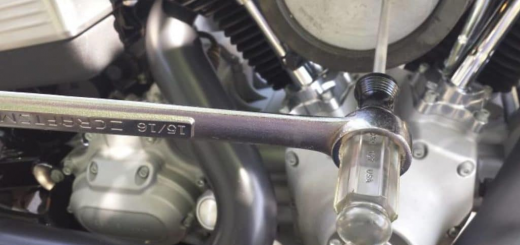Visible Veins Explained: When It’s Normal — and When You Should Pay Attention
Have you ever glanced at your hands, arms, or legs and noticed your veins suddenly standing out more than usual?
Sometimes they seem to appear overnight — leaving you wondering if it’s a normal change, a sign of fitness, or a potential health concern.
While visible veins are often just a harmless part of how your body looks or functions, doctors explain that in certain cases, they can reveal important clues about your circulation and overall vascular health.
💡 Why Do Veins Become More Noticeable?
Veins are a key part of your circulatory system, carrying blood back to the heart after oxygen has been delivered to the body.
Because they sit close to the surface of the skin, a number of factors — both internal and external — can affect how visible they appear.
Here are the most common (and usually harmless) reasons your veins might be more noticeable:
Low body fat: When there’s less fat beneath the skin, veins naturally appear more prominent.

This is especially common among athletes, bodybuilders, or anyone who has recently lost weight.
Aging: As skin becomes thinner and loses elasticity with age, veins that were always there simply become easier to see.
Exercise and fitness: During exercise, blood flow increases and veins expand to help deliver oxygen. In fit individuals, this effect can remain visible even after a workout.
Warm weather: High temperatures cause veins to dilate so your body can release heat, which makes them look more pronounced.
Genetics: For some people, visible veins simply run in the family. If your parents had them, chances are you might too.
⚠️ When Visible Veins Might Signal a Health Issue
In most people, visible veins are nothing to worry about. However, if they appear suddenly or are accompanied by other symptoms, they could indicate an underlying medical condition.
Here are a few conditions to be aware of:
Chronic Venous Insufficiency (CVI): When the valves in the veins weaken, blood can pool in the legs, leading to swelling, heaviness, and bulging veins.
Varicose Veins: Enlarged, twisted veins that can cause discomfort, itching, and skin discoloration.
Superficial Thrombophlebitis: A small clot near the surface of the skin that causes redness, tenderness, and a hard, cord-like vein.
Deep Vein Thrombosis (DVT): A serious condition involving a clot in a deep vein, typically in the leg. It can cause sudden swelling, warmth, redness, or pain — and requires immediate medical care.
🔄 Other Temporary or Benign Triggers
Sometimes, vein visibility can change for reasons that are temporary and harmless, such as:
Intense physical training
Hormonal changes (pregnancy, menstruation, menopause)
Dehydration
Rapid weight loss
🩺 When to See a Doctor
If your veins become suddenly more visible without an obvious reason, or if you experience pain, swelling, warmth, or skin color changes, it’s wise to consult a healthcare professional.
These symptoms can point to a vascular issue that deserves proper medical attention.
💆♀️ Treatment and Management Options
Depending on your situation, there are several effective ways to manage both the appearance and discomfort of visible veins:
Lifestyle adjustments: Stay active, maintain a healthy weight, elevate your legs when resting, and avoid sitting or standing for long periods.
Compression stockings: Help improve blood circulation and reduce swelling in the legs.
Medical treatments: Options like sclerotherapy (vein injections), laser therapy, or minor surgical procedures can treat more severe vein problems safely and effectively.
🌿 Prevention and Everyday Tips
To support healthy circulation and reduce unnecessary strain on your veins:
Stay hydrated
Move regularly (especially on long flights or at a desk job)
Avoid smoking
Eat a balanced diet rich in vitamins, minerals, and antioxidants
❤️ The Emotional and Aesthetic Side
Visible veins can carry different meanings for different people. For athletes, they often symbolize strength and endurance.
For others, they may cause cosmetic concern or self-consciousness.
Whatever your view, it’s important to remember that visible veins are usually a normal and natural part of the human body — and when they do signal a problem, effective treatments are available.
✅ Final Thoughts
In most cases, visible veins are perfectly harmless — a reflection of your genetics, lifestyle, or fitness level. Still, being aware of your body’s signals helps you distinguish what’s normal and what’s not.
If you ever notice sudden changes or discomfort, don’t ignore them — your veins can offer valuable insight into your circulatory health.
💙 Your veins aren’t just skin-deep — they’re a window into your overall well-being.
👉 Share this with friends and family to spread awareness about vein health!




























